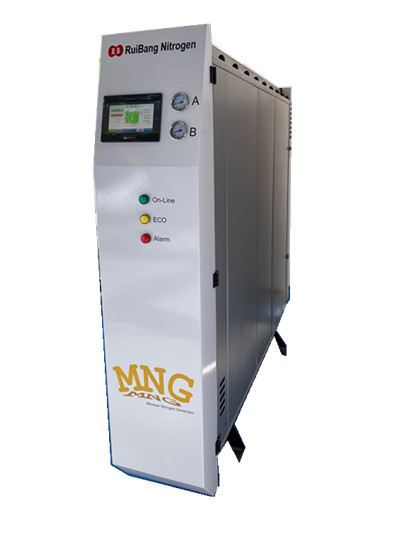Why is nitrogen used in selective wave soldering?
Release time:
2020-09-04
Why is nitrogen used in selective wave soldering?
Why use nitrogen in selective wave soldering?
The ultimate goal of all welding equipment or tools is to achieve better solder joints. Selective wave soldering is a high-end point-to-point welding method among all welding methods; in order to increase the quality and reliability of solder joints. All selective soldering equipment is equipped with nitrogen protection. Nitrogen is an inert gas that can improve the wettability of the components and the printed circuit board welding surface, reduce oxidation, and accelerate the welding reaction speed during welding. Compared with welding in an air environment, welding in a nitrogen environment can theoretically reduce the required welding temperature, reduce process defects, and form good solder joints.
For selective wave soldering equipment, the difference in the amount of dross produced is significant whether nitrogen is used or not. With nitrogen, almost no dross is produced in eight hours of production, while without nitrogen, dross is produced at a hundredfold rate. Nitrogen welding in selective soldering can reduce dross and save costs, but users must bear the cost of nitrogen and the upfront investment in equipment. A compromise between these two factors is usually necessary, so the cost savings from reduced maintenance and lower defect rates due to better solder joint wetting must be determined.
Why nitrogen protection, and can other gases be used? Because nitrogen is chemically stable and generally does not react with other metals. Besides nitrogen, other chemically inert and stable gases can also be used, such as rare gases: He, Ne, Ar, Kr, etc. The main reason for choosing nitrogen is that nitrogen accounts for 78.08% of the total volume of the atmosphere (volume fraction). Nitrogen is chemically inert and hardly reacts with other substances at room temperature, so it is often used to make preservatives.
Nitrogen welding in selective wave soldering usually uses gas diffusion technology, which refers to spraying solder into a designed solder wave using an electric pump or electromagnetic pump, injecting nitrogen into the solder pool to allow the nitrogen to diffuse evenly on the surface of the wave, achieving inert gas protection. Simultaneously, the printed circuit board with pre-mounted components passes through the solder wave, achieving soft soldering of the mechanical and electrical connection between the component solder ends or pins and the printed circuit board pads.
Why use nitrogen protection in selective wave soldering? The main purpose is to improve solder joint quality and reduce solder oxidation. This is all. The above is the answer to question 4 in the selective soldering FAQ. I hope the above explanation clarifies the reason why nitrogen protection is necessary for selective soldering. Industry professionals with different opinions are welcome to contact us to exchange opinions and suggestions.
Key words:
Nitrogen generator, PSA nitrogen generator
Previous Page:
Related Support


